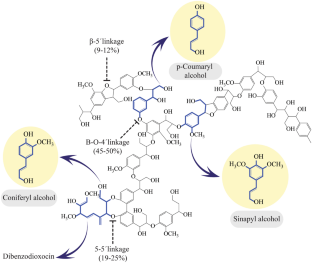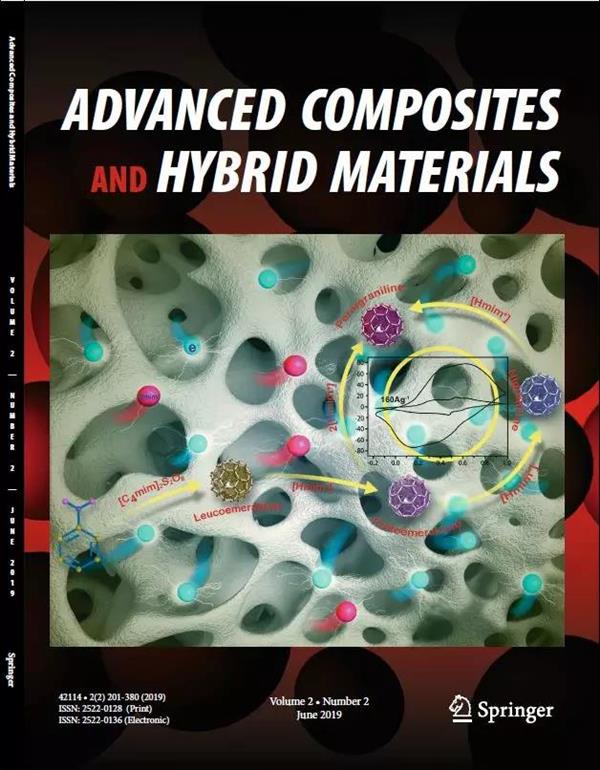Transforming lignin into value-added products: Perspectives on lignin chemistry, lignin-based biocomposites, and pathways for augmenting ligninolytic enzyme production
Abstract
Lignin is a promising biopolymer abundantly used in industrially valued biobased products. But the resilient nature of lignin reinforces difficulties during its depolymerization, leading to distinct challenges in manufacturing value-added products. This review aims to provide information on lignin chemistry that imparts thoughtful insights on development of lignin-based biocomposites and hybrid materials that are both economical and environment convivial products. Biological approaches on ligninolytic microorganisms that are also attractive pathways for conversion of lignin into value-added products are elaborated. Further, this review also emphasizes on the recent metagenomics, system biology, and in silico approaches on enhancing the ligninase production from microbial sources and their utilization for the synthesis of lignin-based materials. Finally, updates on the patented lignin biocomposites and hybrid materials have been showcased. It is expected that the review will address the present necessity of waste management issues associated with agro-wastes and simultaneously provide understanding for the technology-based approaches that can be utilized for manufacturing feasible industrially value-added products from lignin as a biomass.


 求助内容:
求助内容: 应助结果提醒方式:
应助结果提醒方式:


